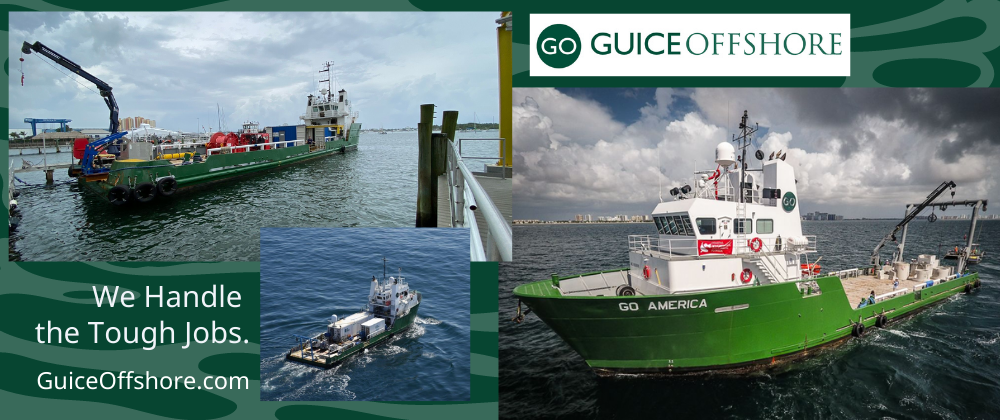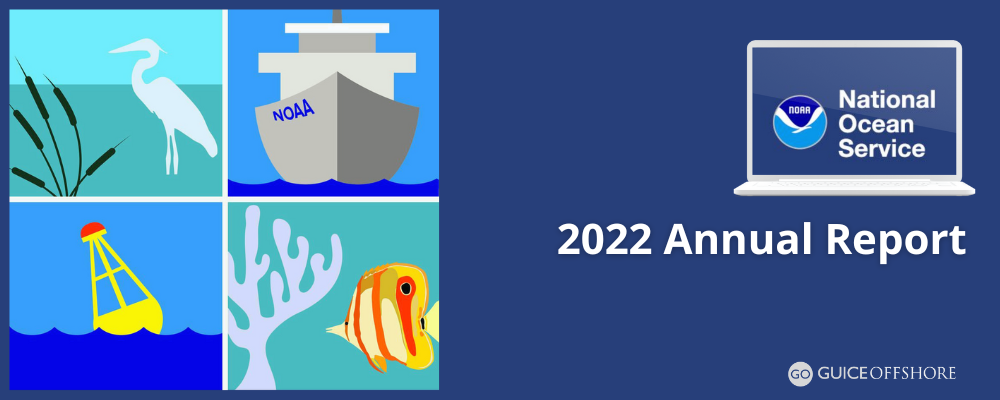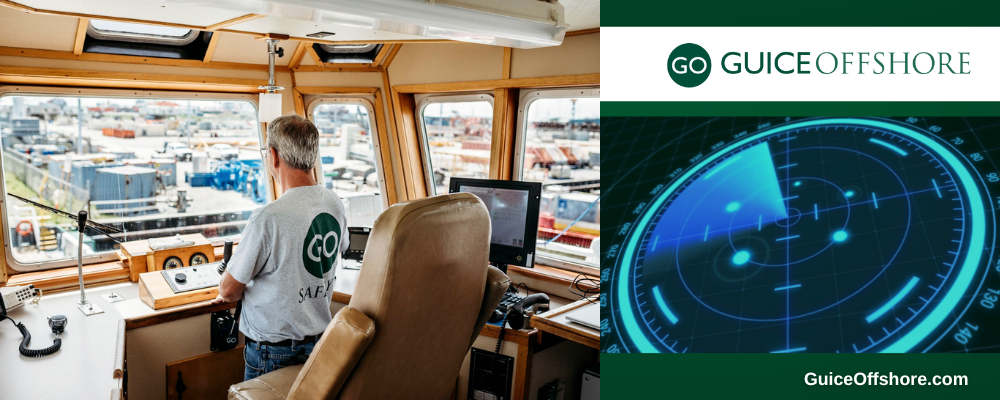Guice Offshore (“GO”) specializes in the operation of Dynamically Positioned (“DP”) mini supply vessels in the 150-ft DP1 and 170-ft DP1 classes. These vessels are among the most versatile operating on the U.S. Continental Shelf and can address a wide range of client needs including sub-sea engineering; logistics; diving; inspection, maintenance and repair (“IMR”); construction, plug and abandonment of oil wells (P&A); production; oil well work-overs and wildcat drilling support.
Guice Offshore vessels, which are dually certified under U.S. Coast Guard Subchapter L & I, are also utilized by U.S. government agencies, wind and renewables companies, research institutes and other non-oilfield customers both domestically and overseas.
There are currently around 25 to 30 of the 170-ft DP1 U.S. Flag mini supply vessels in service. A slightly higher number of 150-ft DP1 class vessels are almost exclusively in the U.S. market, but slowly expanding to nearby international locales like Mexico and Trinidad.
What is Dynamic Positioning?
Dynamic Positioning means that a vessel incorporates a computer-controlled system to automatically maintain its position and heading by using its own propellers and thrusters. Position reference sensors, combined with wind sensors, motion sensors and gyrocompasses, provide information to the vessel computer pertaining to its position and the magnitude and direction of environmental forces affecting it.
DP capability is common in the 170-ft. class, but many 150-ft. class vessels are not equipped with this important station-keeping technology.
All Guice Offshore vessels are DP-equipped.
About Mini Supply Vessels
The mini supply vessel concept emerged in the late 1990s as a lower operating cost replacement for the traditional 180-ft. supply vessel for domestic service. The initial driver behind the mini supply concept was the desire to introduce a vessel for U.S. Flag service that could be constructed at a lower cost and operated at a lower cost with fewer crew members, yet support most of the traditional production and some drilling roles on the Outer Continental Shelf.
These newer boats needed to sustain business within the day rate structure of the original 180-ft. class workboats. The mini supply vessel successfully addressed this need through its tonnage: The boats are built below 100 or 200 Gross Registered Tons (“GRT”) and usually under the 500 International Tonnage Certificate (“ITC”).
A vessel built within 100/200 GRT is significant because it allows a U.S. owner to employ a four-man crew and no licensed engineer, whereas a 180-ft. class vessel requires at least a five-man crew, a more highly licensed Master and an engineer.
A designation of “Below 500 ITC” is significant because it allows a vessel to operate in foreign domestic service without full ABS Class and without the expense of meeting additional, more extensive regulatory requirements that would apply to larger vessels. The ABS acronym refers to the American Bureau of Shipping vessel classification system. ABS-classed ships and marine structures comply with the established ABS rules for design, construction and periodic survey. ABS rules are derived from principles of naval architecture, marine engineering and associated disciplines.
The one significant drawback to tonnage limitations is that they effect no internal “bulk” mud capacity, which makes the design less suitable to support drilling operations. Also, these affordable vessels have remained almost always in U.S. domestic service, inasmuch as their owners are not generally willing to operate internationally.
The current overall mini supply vessels currently afloat have reached their tonnage limitations with the 170-ft. class vessels, which are the largest and most capable vessels in this segment that stay below 100 GRT and 500 ITC, and measure approximately 170 ft. x 36 ft. x 12 ft. and have DP1.
Vessel owners wishing for a larger domestic vessel (over 500 ITC) that remains under 100 / 200 GRT forego their ability to work in foreign markets because they do not meet the standards that are required for a larger boat. Most 170-ft. class vessels are built to ABS Loadline standard only (not full class). “Load line” is a document issued by a classification society allowing vessels to carry cargo at sea and/or to make foreign voyages.
Guice Offshore is focused exclusively on DP-equipped vessels with a preference for the 170-ft. DP class.



